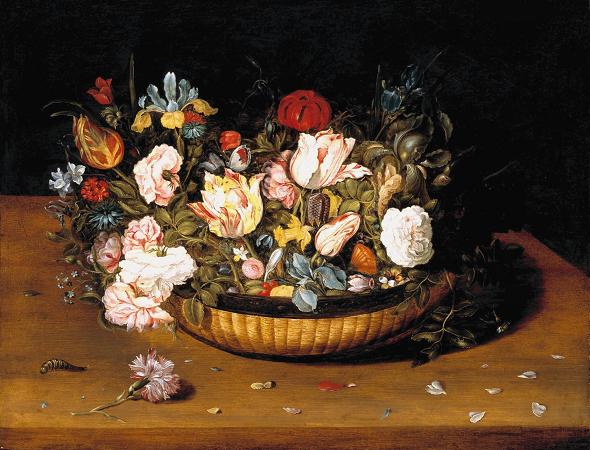Dallas Museum of Art. The Dallas Museum of Art is an art museum located in the Arts District of downtown Dallas, Texas, along Woodall Rodgers Freeway between St. Paul and Harwood. In 1984, the museum moved from its previous location in Fair Park to the Arts District. The new building was designed by Edward Larrabee Barnes, the 2007 winner of the American Institute of Architects Gold Medal. The museum collection is made up of more than 24,000 objects, dating from the third millennium BC to the present day. It is also defined by its dynamic exhibition policy and award-winning educational programs. The Mildred R. and Frederick M. Mayer Library contains over 50,000 volumes available to curators and the general public. With 159,000 square feet of exhibition spaces, it is one of the largest art museums in the United States. The museum's history began with the establishment in 1903 of the Dallas Art Association, which initially exhibited paintings in the Dallas Public Library. Frank Reaugh, a Texas artist, saw in the new library the opportunity to display works of art. This idea was championed by May Dickson Exall, who was the first president of the Dallas Public Library. Her intention was the following: to offer art interest and education through exhibitions and lectures, to form a permanent collection, to sponsor the work of local artists, to solicit support of the arts from individuals and businesses, and to honor citizens who support the arts. The museum's collections started growing from this moment on. It soon became necessary to find a new permanent home. The museum, renamed the Dallas Museum of Fine Arts in 1932, relocated to a new art deco facility within Fair Park in 1936, on the occasion of the Texas Centennial Exposition. This new facility was designed by a consortium of Dallas architects in consultation with Paul Cret of Philadelphia. It is still possible to visit this building. In 1943, Jerry Bywaters became the director of the museum, a position he held for the next twenty-one years. Artist, art critic, and teacher, Bywaters gave a sense of identity and community to the museum. Under Bywaters' tenure, impressionist, abstract, and contemporary masterpieces were acquired and the Texas identity of the museum was emphasized. This identity is today represented by works by Alexandre Hogue, Olin Herman Travis, Bywaters himself, and others. In 1963, the Dallas Museum of Fine Arts merged with the Dallas Museum of Contemporary Art, whose director for the previous four years had been Douglas MacAgy. In 1964 Merrill C. Rueppel became the director of the newly merged Museum. The permanent collections of the two museums were then housed within the DMFA facility, suddenly holding significant works by Paul Gauguin, Odilon Redon, Henri Matisse, Piet Mondrian, Gerald Murphy, and Francis Bacon. In 1965, the museum held an exhibition called The Art of Piet Mondrian and one entitled Sculpture: Twentieth Century. By the late 1970s, the greatly enlarged permanent collection and the ambitious exhibition program fostered a need for a new museum facility. Under Harry Parker's direction, the museum was able to move once again, to its current venue, at the northern edge of the city's business district. The $54 million facility, designed by New York architect Edward Larrabee Barnes, was financed by a 1979 City bond election, together with private donations. The project was galvanized by the slogan A Great City Deserves a Great Museum, and the new building opened in January 1984. The museum's collections include more than 24,000 works of art from around the world ranging from ancient to modern times. They are conceived as a celebration of the human power of creation. Objects in the museum's African collection come from West Africa and Central Africa. The objects date primarily from the 16th to the 20th centuries, although the earliest object is a Nok terracotta bust from Nigeria that dates from somewhere between 200 BC to 200 AD. Some works in the collection were created as symbols of leadership and status, while others express concepts related to the cycle of life. Highlights of the collection include a Benin plaque of copper alloy over wood depicting a warrior chief, a carved wood Senufo rhythm pounder from southeastern Mali, and a Congo standing power figure studded with ritually embedded iron nails or blades. The American art collection includes paintings, sculptures, and works on paper from the United States from the colonial period to World War II, and art from Mexico, and Canada.
more...














